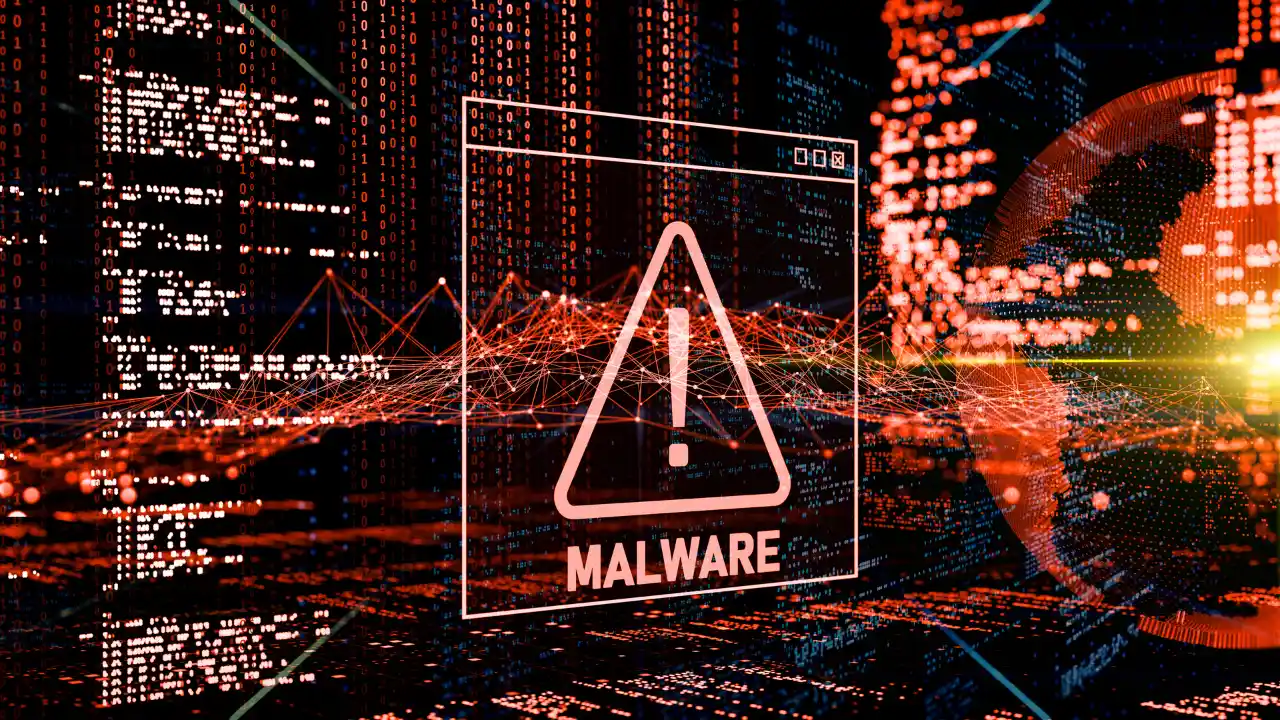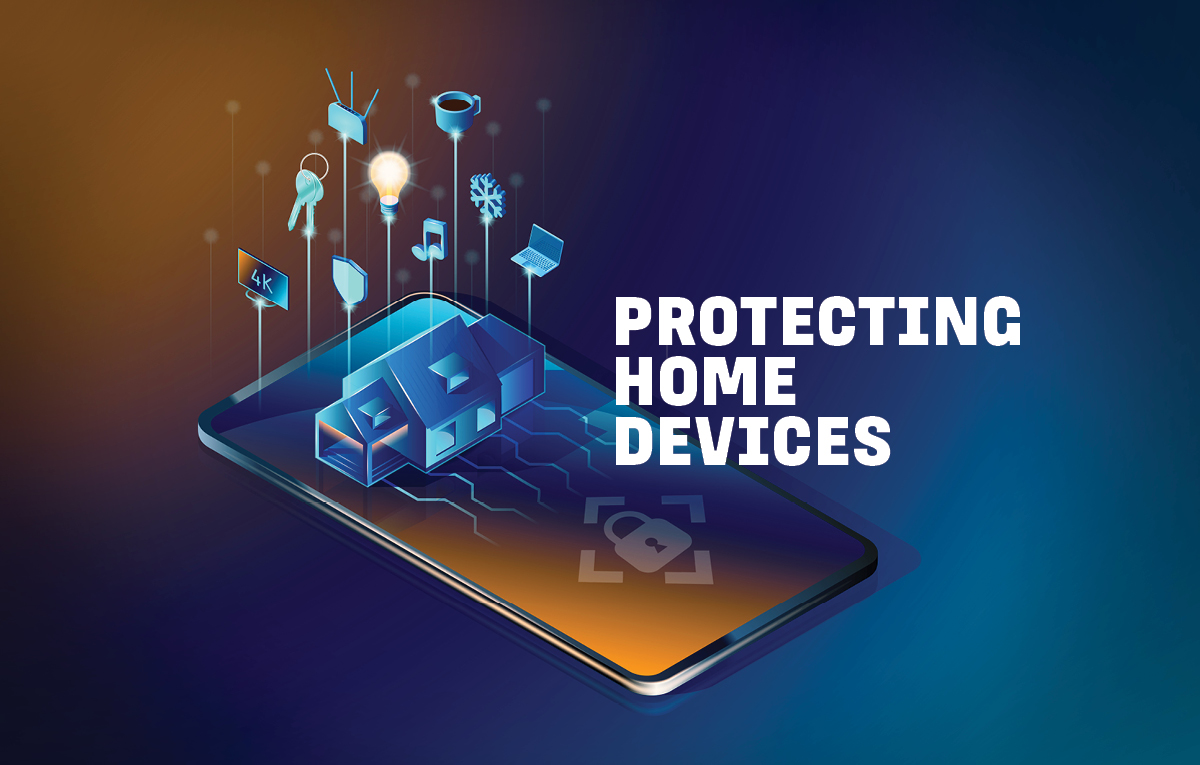justineanweiler.com – In today’s digital landscape, malware is a persistent threat that can compromise the security of your devices and personal information. Malware, short for malicious software, encompasses various forms of harmful software, including viruses, ransomware, spyware, and more. Protecting your devices from malware is crucial for maintaining your privacy and security. Here’s a comprehensive guide on how to safeguard your devices effectively.
1. Install Reliable Antivirus Software
One of the first lines of defense against malware is installing reputable antivirus software. These programs can detect and eliminate malicious software before it can cause harm. Look for software that offers real-time protection, automatic updates, and a user-friendly interface. Some well-regarded antivirus options include:
- Norton
- Bitdefender
- McAfee
- Kaspersky
2. Keep Your Operating System and Software Updated
Regularly updating your operating system and applications is essential for protecting your devices. Software updates often include security patches that address vulnerabilities that malware can exploit. Enable automatic updates whenever possible, or regularly check for updates manually.
3. Use a Firewall
A firewall acts as a barrier between your device and external networks. It monitors incoming and outgoing traffic and can block unauthorized access. Ensure that your operating system’s built-in firewall is enabled, and consider using additional firewall software for added protection.
4. Be Cautious with Email Attachments and Links
Phishing attacks, where malicious links or attachments are disguised as legitimate communications, are a common way malware spreads. Always be wary of unexpected emails, especially from unknown senders. Hover over links to see their true destination and avoid downloading attachments unless you are certain they are safe.
5. Download Software from Trusted Sources
Only download applications and software from official websites or trusted sources, such as app stores. Avoid third-party websites, as they may host malicious versions of legitimate software. Always check user reviews and ratings before downloading.
6. Practice Safe Browsing Habits
- Use Secure Connections: Look for HTTPS in the URL and ensure that the site is secure before entering any personal information.
- Avoid Clicking on Suspicious Ads: Many malware infections originate from deceptive ads. Use ad-blocking software to minimize exposure to these risks.
7. Limit User Privileges
For added security, consider using a standard user account for everyday tasks instead of an administrator account. This limits the access malware would have if it infiltrates your system.
8. Back Up Your Data Regularly
Regularly backing up your data can protect you from the damage caused by malware, especially ransomware. Use cloud services or external hard drives to store backups. Ensure that backups are stored offline or disconnected from the internet to avoid being targeted by malware.
9. Educate Yourself and Others
Awareness is one of the best defenses against malware. Stay informed about the latest threats and educate your family and colleagues about safe practices. Encourage them to be cautious with their devices and online activities.
10. Consider Using a Virtual Private Network (VPN)
A VPN encrypts your internet connection, providing an additional layer of security when browsing online. This is especially important when using public Wi-Fi networks, which are often less secure and more susceptible to malware attacks.
Conclusion
Protecting your devices from malware requires a proactive approach and consistent vigilance. By following these guidelines, you can significantly reduce the risk of malware infections and safeguard your personal information. Stay informed, adopt safe browsing practices, and utilize reliable security tools to ensure a safer digital experience. Remember, in the fight against malware, prevention is always better than cure.




